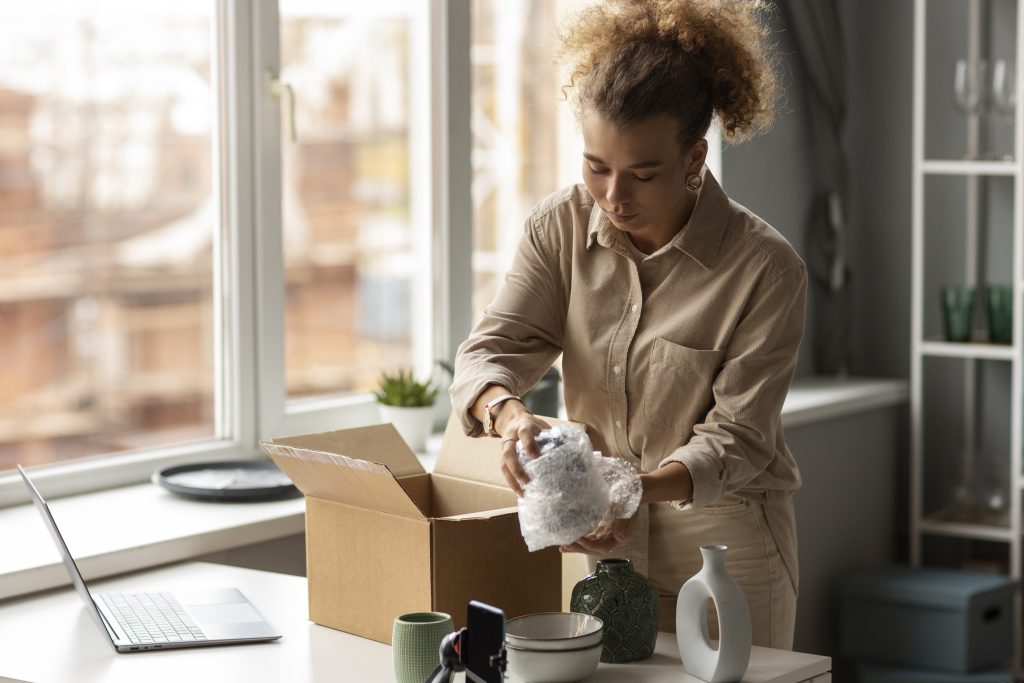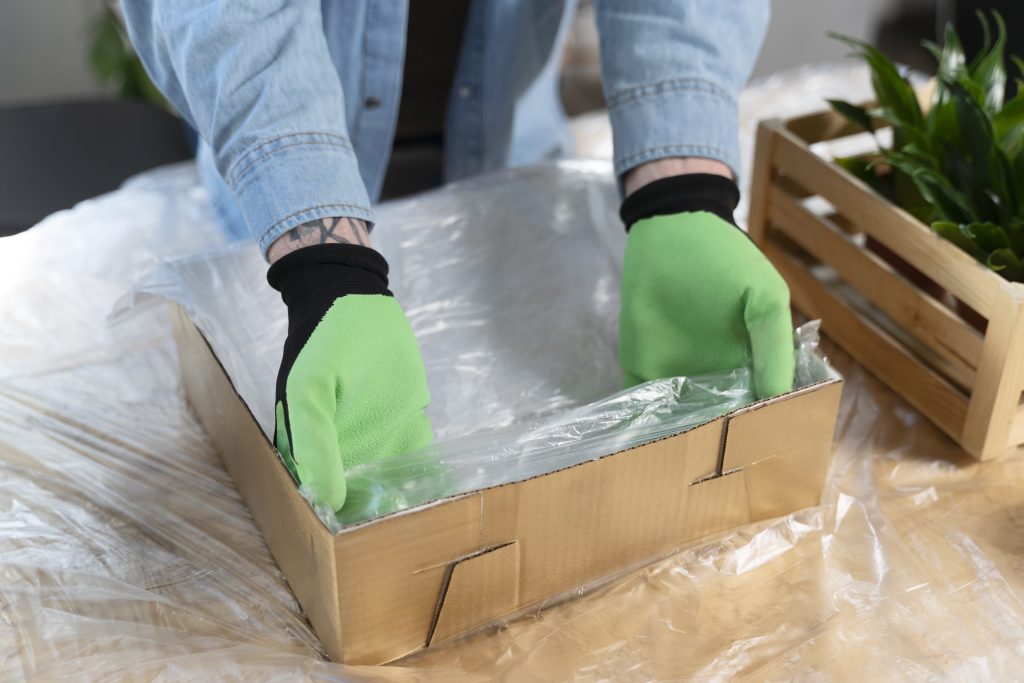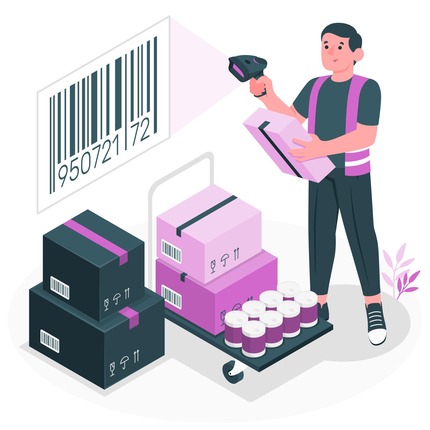Packaging plays a crucial role in the world of products. It not only makes products look appealing but also ensures they are safe and maintain their integrity from production to the consumer. This blog will explore the importance of packaging in product safety and integrity, offering insights and tips for businesses to enhance their packaging strategies.
Product Packaging Importance
Product packaging is much more than just a box or wrapper. It is the first point of contact between the product and the consumer. Good packaging can build trust and loyalty, as it reflects the brand’s commitment to quality and safety. When consumers see well-packaged products, they are more likely to believe in the brand’s reliability.
Packaging and Product Safety
The connection between packaging and product safety is strong. Proper packaging protects products from damage during transportation and storage. For example, fragile items like glassware need sturdy packaging to prevent breakage. On the other hand, poorly packaged products can lead to accidents, injuries, or spoilage, causing consumer distrust and financial losses for businesses.
Product Integrity Packaging
Product integrity refers to the condition of the product being intact and unaltered when it reaches the consumer. Packaging plays a vital role in maintaining this integrity by preventing contamination, tampering, and degradation. For instance, airtight packaging can preserve the freshness of food products, ensuring they reach the consumer in optimal condition.
Safe Packaging Solutions
Safe packaging solutions are essential for protecting products. Common materials include cardboard, bubble wrap, and plastic films, which offer different levels of protection depending on the product. Techniques such as sealing, cushioning, and shock absorption are used to enhance safety. Choosing the right material and technique is crucial for effective packaging.
Packaging for Product Protection

Protective packaging strategies are necessary to shield products from physical damage and environmental factors. For example, electronics are often packed with foam inserts to absorb shocks, while perishable goods might require insulated packaging to maintain temperature. Effective product protection not only ensures safety but also reduces return rates and enhances customer satisfaction.
Importance of Packaging in Product Safety
Packaging is integral to product safety for several reasons. It protects against physical damage, contamination, and tampering. Industry standards, such as those from the International Organization for Standardization (ISO), provide guidelines for safe packaging practices. Adhering to these standards helps businesses ensure their products are safely delivered to consumers.
Packaging Integrity
Ensuring packaging integrity involves maintaining the packaging’s condition from production through delivery. This means the packaging should remain sealed and intact, preventing any potential contamination or damage. Signs of compromised packaging integrity include tears, punctures, or signs of tampering, which can all impact product safety.
Secure Product Packaging
Secure product packaging includes features that deter tampering and unauthorized access. This can include tamper-evident seals, child-resistant closures, and security tags. Enhancing packaging security helps protect consumers and ensures the product remains safe until it is used.
Product Safety Packaging
Key components of product safety packaging include robust materials, secure seals, and clear labeling. Successful examples of product safety packaging can be seen in the pharmaceutical industry, where tamper-evident packaging is standard to ensure the safety of medications. Case studies in this area highlight the importance of rigorous safety measures.
Packaging Standards for Safety

International packaging standards, such as ISO 11607 for medical devices, outline requirements for safe packaging. These standards help businesses create packaging that meets safety requirements and ensures products are delivered without compromise. Compliance with these standards is essential for maintaining product safety and integrity.
Reliable Packaging Methods
Reliable packaging methods vary depending on the product type. For instance, vacuum sealing is ideal for food products to extend shelf life, while shock-absorbing materials are essential for electronics. Choosing the right method involves understanding the specific needs of the product and the potential risks it faces during transportation and storage.
Packaging Impact on Product Safety
Packaging has a direct impact on product safety. Studies show that well-designed packaging reduces the risk of damage and contamination. Statistics reveal that companies investing in high-quality packaging see fewer product returns and higher customer satisfaction rates. This underscores the importance of investing in good packaging.
Read More: The Future of Smart Packaging
Protective Packaging Strategies
Creating effective protective packaging involves strategies like using multi-layer materials, incorporating shock-absorbing inserts, and designing packaging that can withstand various environmental conditions. Innovations such as biodegradable cushioning materials are becoming popular, offering both protection and environmental benefits.
Ensuring Product Integrity with Packaging
To ensure product integrity, businesses should follow best practices like using tamper-evident seals, maintaining strict quality control during packaging, and regularly testing packaging materials for durability. These steps help maintain the product’s original condition from the point of packaging to the consumer.
Safe Packaging Practices

Implementing safe packaging practices involves proper training for staff, regular quality inspections, and adherence to safety guidelines. These practices ensure that packaging is done correctly and consistently, reducing the risk of compromised product safety and integrity.
Read More: Cost-Effective Packaging Strategies for Small Businesses
Conclusion
Packaging is a critical component in ensuring product safety and integrity. It protects products, maintains their condition, and builds consumer trust. By investing in safe and reliable packaging methods, businesses can enhance their reputation, reduce losses, and ensure their products reach consumers in perfect condition. In the evolving packaging industry, staying informed and adopting the best practices is key to maintaining high standards of product safety and integrity.

Can you be more specific about the content of your article? After reading it, I still have some doubts. Hope you can help me. https://www.binance.com/ur/register?ref=WTOZ531Y
Thank you for your sharing. I am worried that I lack creative ideas. It is your article that makes me full of hope. Thank you. But, I have a question, can you help me?
Thank you for your sharing. I am worried that I lack creative ideas. It is your article that makes me full of hope. Thank you. But, I have a question, can you help me?
Thank you for your sharing. I am worried that I lack creative ideas. It is your article that makes me full of hope. Thank you. But, I have a question, can you help me?
Your point of view caught my eye and was very interesting. Thanks. I have a question for you.
Can you be more specific about the content of your article? After reading it, I still have some doubts. Hope you can help me. https://accounts.binance.com/kz/register?ref=RQUR4BEO
Can you be more specific about the content of your article? After reading it, I still have some doubts. Hope you can help me.
Thank you for your sharing. I am worried that I lack creative ideas. It is your article that makes me full of hope. Thank you. But, I have a question, can you help me?
Your article helped me a lot, is there any more related content? Thanks!
I don’t think the title of your article matches the content lol. Just kidding, mainly because I had some doubts after reading the article.
Can you be more specific about the content of your article? After reading it, I still have some doubts. Hope you can help me.
I don’t think the title of your article matches the content lol. Just kidding, mainly because I had some doubts after reading the article.
Thank you for your sharing. I am worried that I lack creative ideas. It is your article that makes me full of hope. Thank you. But, I have a question, can you help me?
Your article helped me a lot, is there any more related content? Thanks! https://www.binance.info/lv/join?ref=53551167
Your point of view caught my eye and was very interesting. Thanks. I have a question for you.
Thank you for your sharing. I am worried that I lack creative ideas. It is your article that makes me full of hope. Thank you. But, I have a question, can you help me?